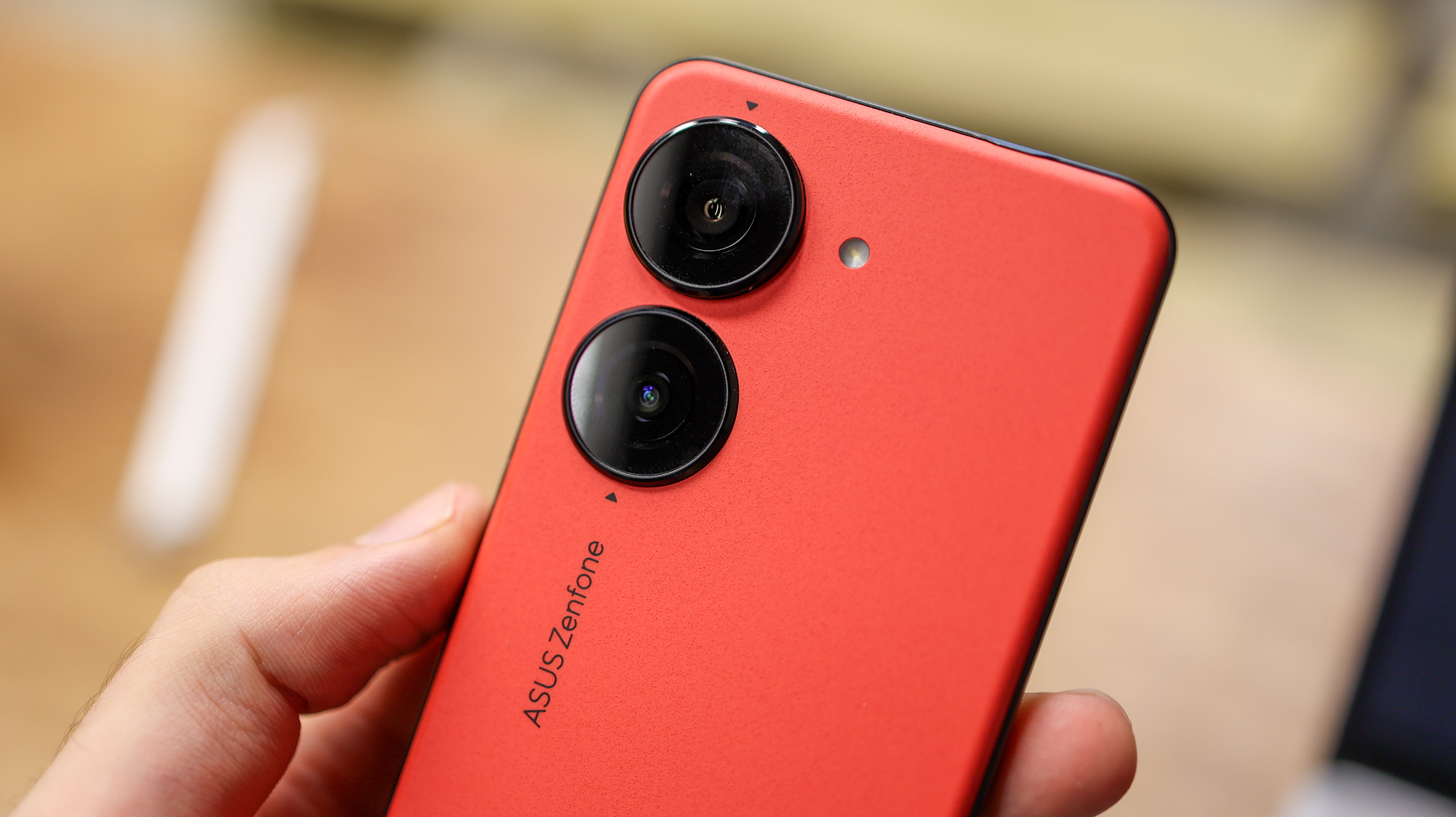
The Asus Zenfone 10 is one of a handful of small, powerful phones with unique features that make it an excellent option for anyone looking for a pocket-friendly alternative to the big-screened iPhone Pro Maxes and Galaxy Ultras of this world.
The Zenfone 10 has a flagship spec sheet thanks to top-tier internals, a super-smooth screen, a tried and tested design, stereo speakers, and some smart usability highlights that ensure it's perfect for one-handed use.
As for the main camera setup, Zenfone 10's hardware is identical to that of the Zenfone 9 – a 50MP Sony IMX 766 sensor matched with gimbal stabilization. But Asus has actually downgraded the ultra-wide camera on paper, switching from a Sony IMX363 to a smaller OmniVision sensor and ditching autofocus.
Asus has also switched out the front camera, doubling the resolution and losing autofocus while promising superior results in challenging environments.
Starting at £750 (around $950) for the 256GB storage, 12GB RAM Zenfone 10, Asus's pocket rocket is one of the most affordable Qualcomm Snapdragon 8 Gen 2 options around and packs plenty of space. If you want to double the storage to 512GB and grab 16GB RAM for even more powerful multitasking, that'll set you back £820 (around $1,035).
With stiff competition from the similarly-specced, bigger-screened OnePlus 11 5G and the cheaper Pixel 7a, though, is the Zenfone's gimbal system and compact size enough to make it stand out for the right reasons?
Asus Zenfone 10: design and screen
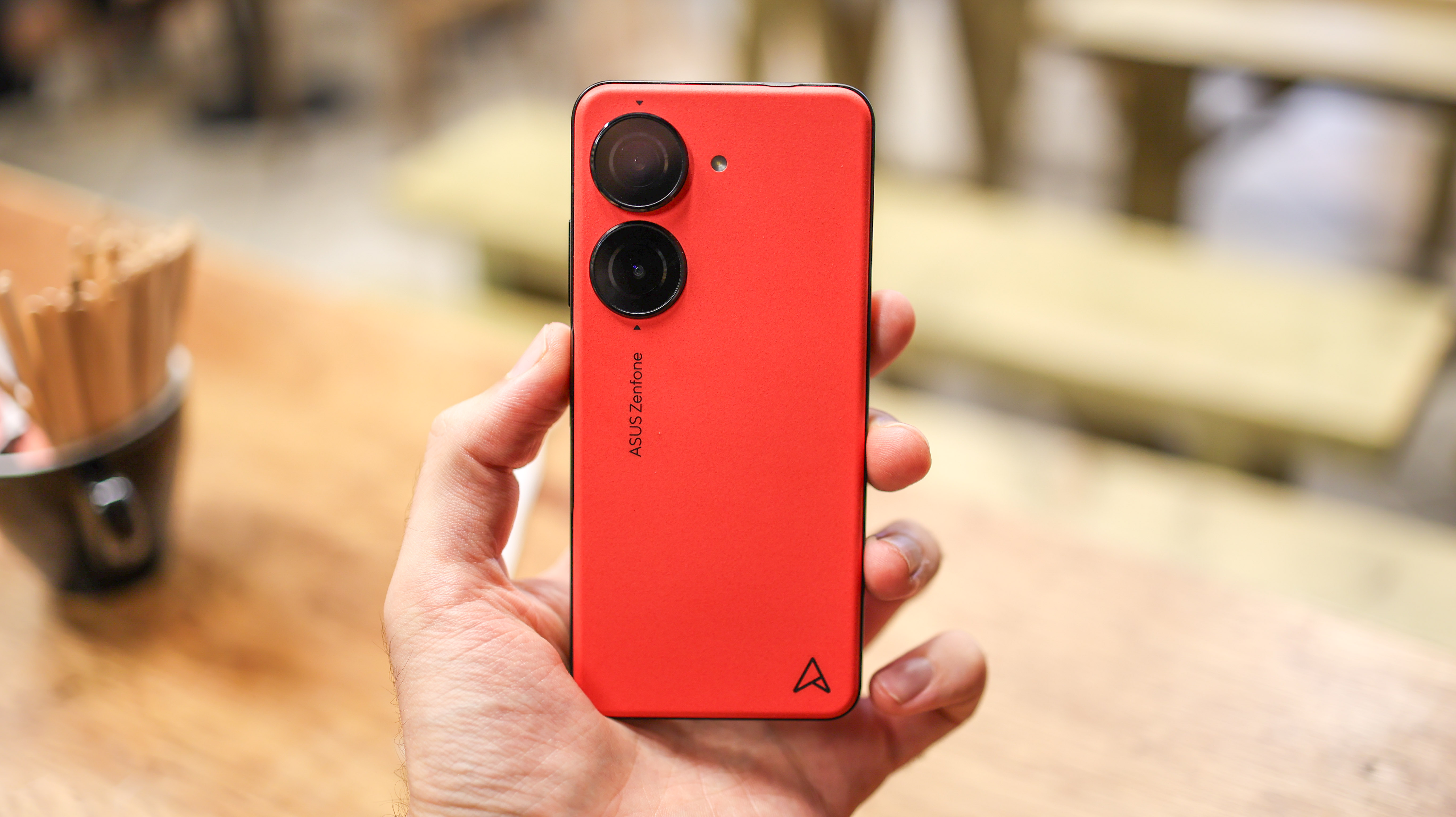
The Zenfone 10's small footprint is made possible by its compact 5.9-inch screen, which makes for comfortable use one-handed.
While its footprint is small, though, Asus has made its mini phone thicker than most, with its 9.4mm profile. This doesn't make it unwieldy by any means, though, and matched with the flat sides, there's a good amount of phone to grip.
The Zenfone 10's frame is a matte metal that feels smooth to the touch. A power and volume rocker are on the right side, there's a USB-C port at the base alongside the SIM tray, and at the top is a headphone jack.
The back of the phone is a strange material that feels like a synthetic, almost felt-like fabric. But it's actually a bio-based plastic and helps make sure the phone is very light at just 172g. For context, the iPhone 14 Pro Max weighs 240g.
While anything that resembles material might give you the heeby jeebies when it comes to durability, the Zenfone 10 is IP68 water resistant, so it should handle dunks and dust with gusto.


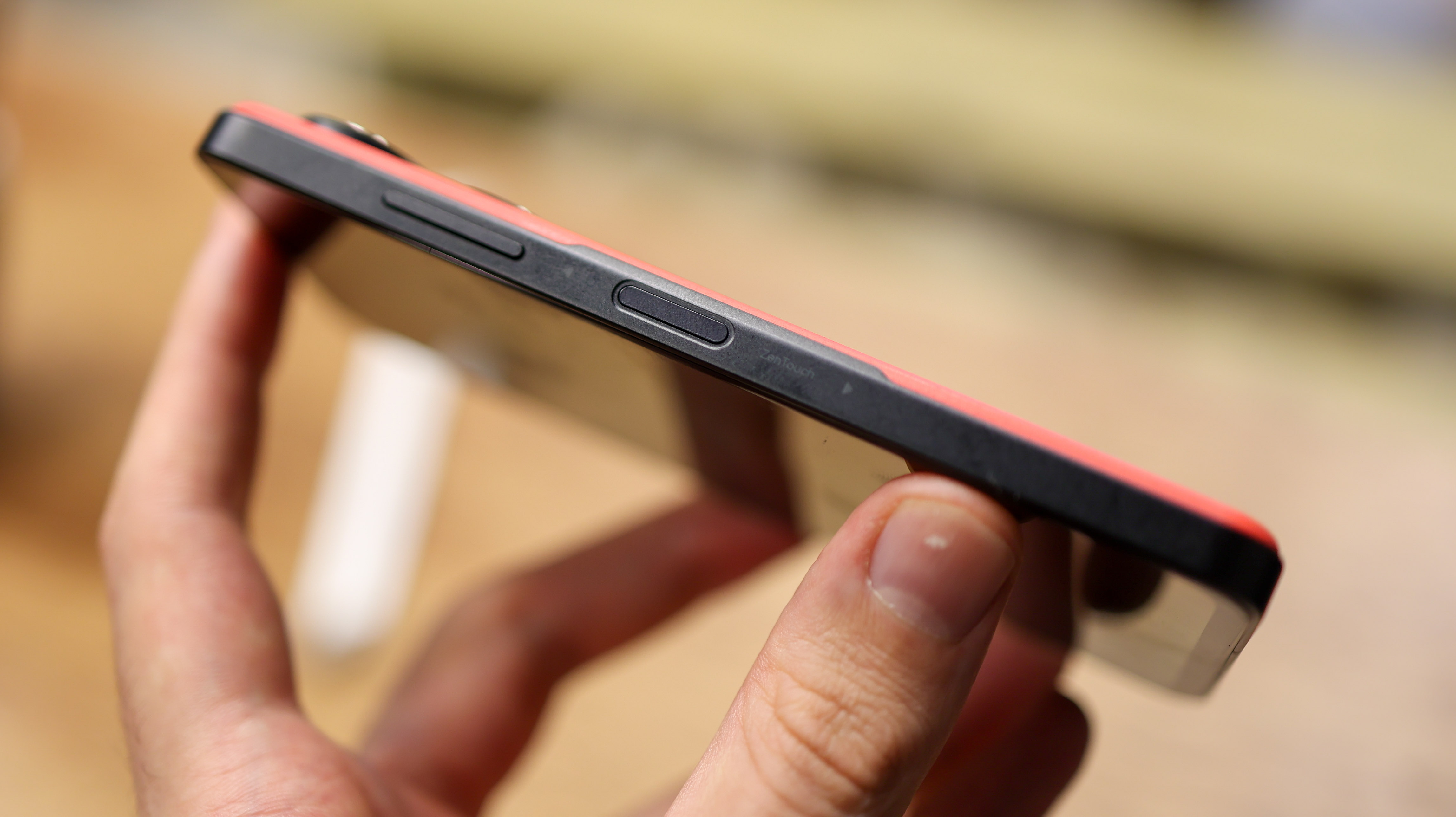
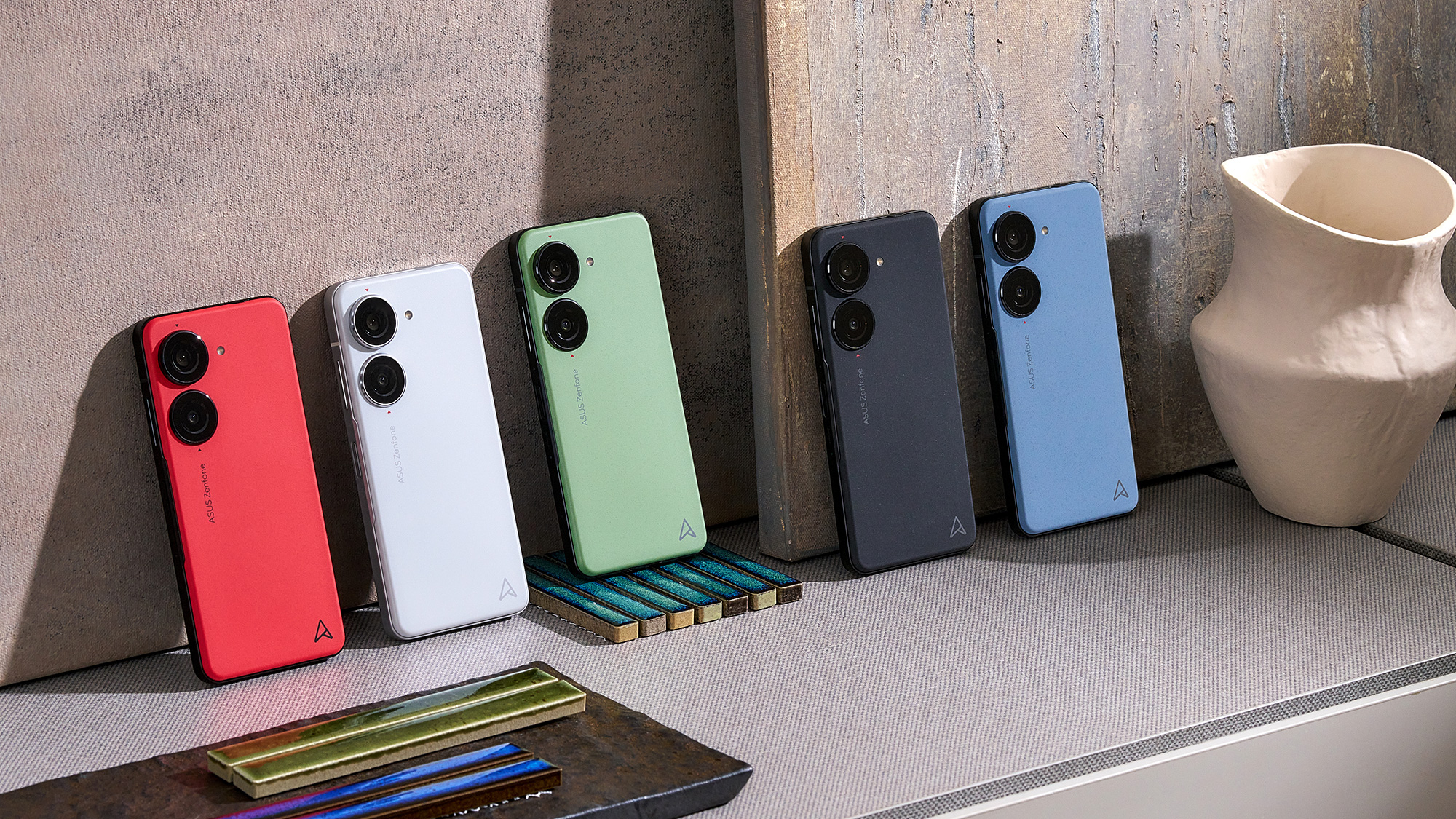
At 5.9 inches, the Asus Zenfone 10 screen is small, making the phone a fair bit shorter than an iPhone 14 – perfect for one-handed use. This might be a bit too small and, specifically, narrow for fans of larger phones, but will suit mini-phone fans perfectly.
With its AMOLED screen tech and Full HD resolution, the Zenfone 10's display quality is excellent. It has a silky smooth 144Hz refresh rate when gaming, which drops to 120Hz the rest of the type, matching it at a saturated, lively color with a sharp 450 pixels in every inch of screen.
Thanks to a 20:9 aspect ratio, the Zenfone 10's tall, so there's plenty of room to watch widescreen movies or game on. We had no issues with outdoor viewing, thanks to the display shining brightly and viewing angles being mighty.
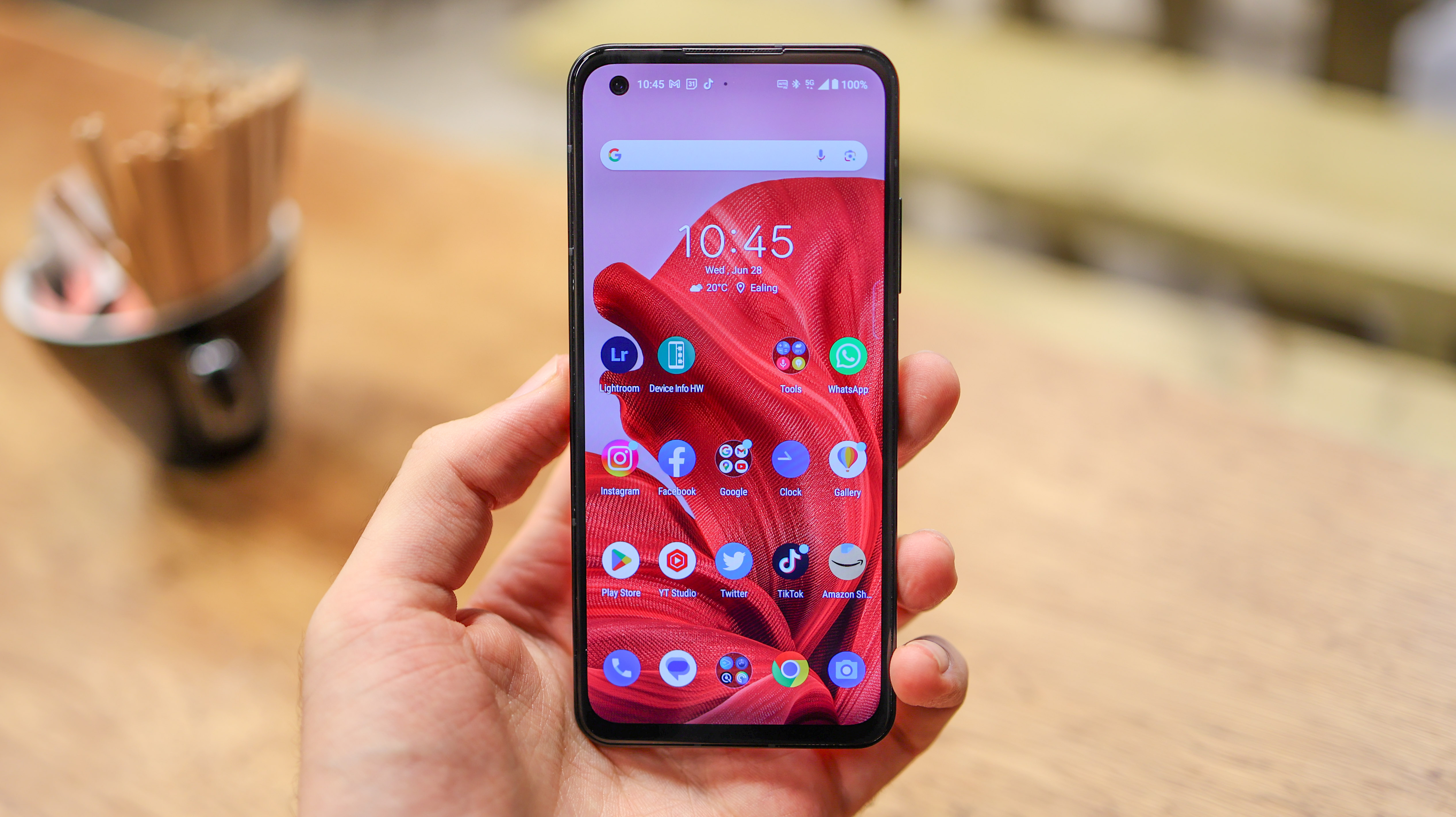
Asus Zenfone 10: camera
The Zenfone 10 marks the return of the 50MP IMX766 Sony Sensor, and Asus's gimbal camera stabilized setup. We first saw this on the Zenfone 9, though the IMX 766 sensor has been impressing us since it debuted on the Oppo Find X3 Pro in 2021.
When matched with Asus's gimbal system, the camera delivers six-axis stabilization, which should keep the 50MP 1/56-inch sensor steady.
While last year's ultra-wide camera on the Zenfone 9 was a 12MP, 1/2.55-inch Sony IMX 363 sensor with a 113-degree field of view, and it doubled up as a macro camera thanks to autofocus, the Zenfone 10's ultra-wide feels like a step back. With a fixed-focus, 1/3-inch OmniVision OV13b sensor.
Finally, the front camera sees another switch from Sony to OmniVision, moving from a 1/2.93-inch Sony IMX663 sensor with dual PDAF to a 32MP, smaller 1/3.2-inch alternative.
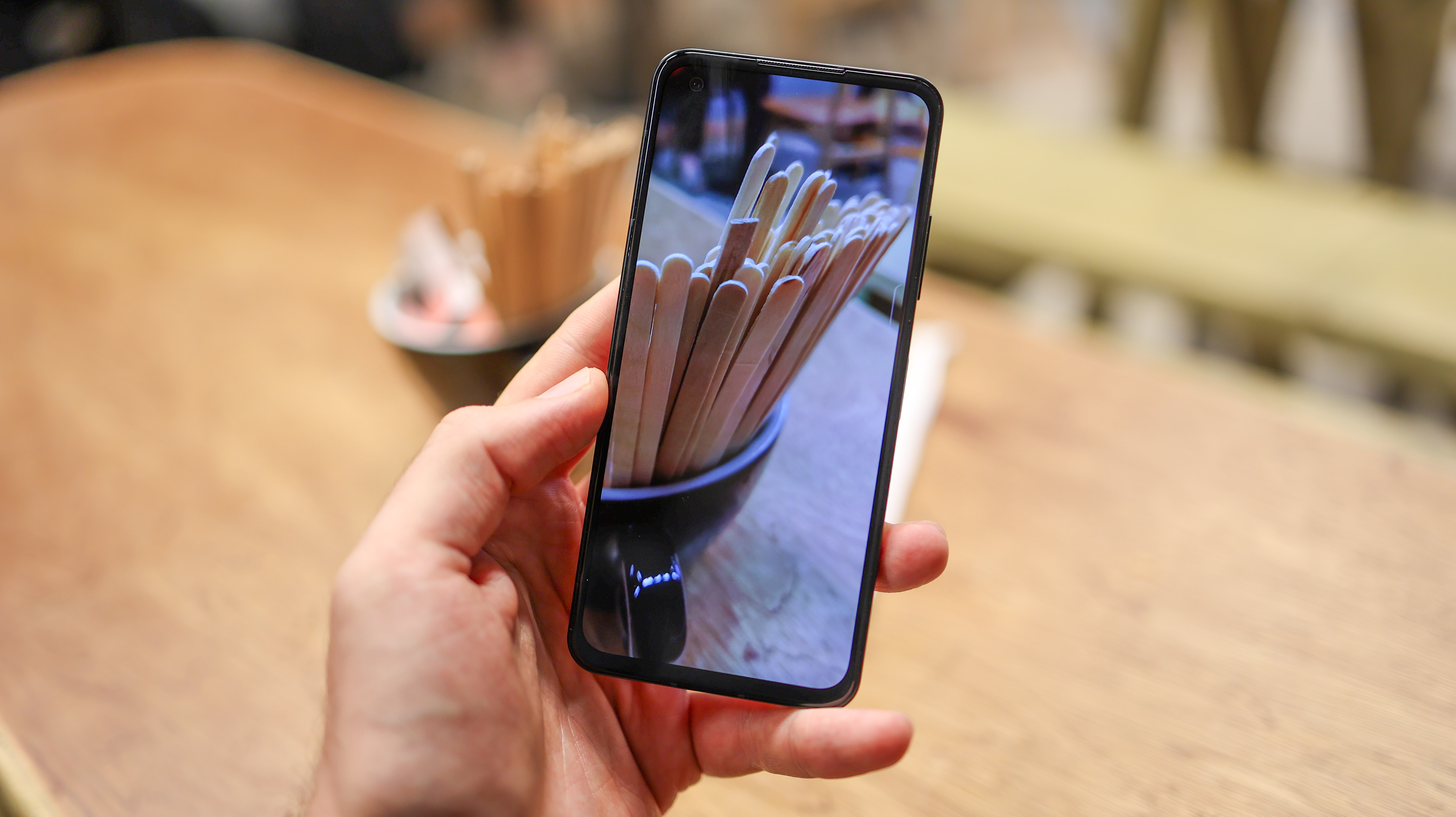
Specs aren't everything, of course, so the Zenfone 10's performance will come down to what its software can do with those sensors, and EIS is a key area Asus has improved things for 2023.
Asus's updated video recording can tighten and widen the crop based on the amount of shake it detects and is able to shoot at up to 4K/60fps or 8K/24fps in video mode. For 4K/120fps, you can fire up Slo-mo mode.
Photos are captured at 12.5MP by default, while RAW stills are shot at 50MP. As for shooting modes, the Zenfone 10 offers up Auto, Pro, Video, Pro Video, Night, Portrait, Slo-mo, Time-lapse, Pano, and Light trail modes.
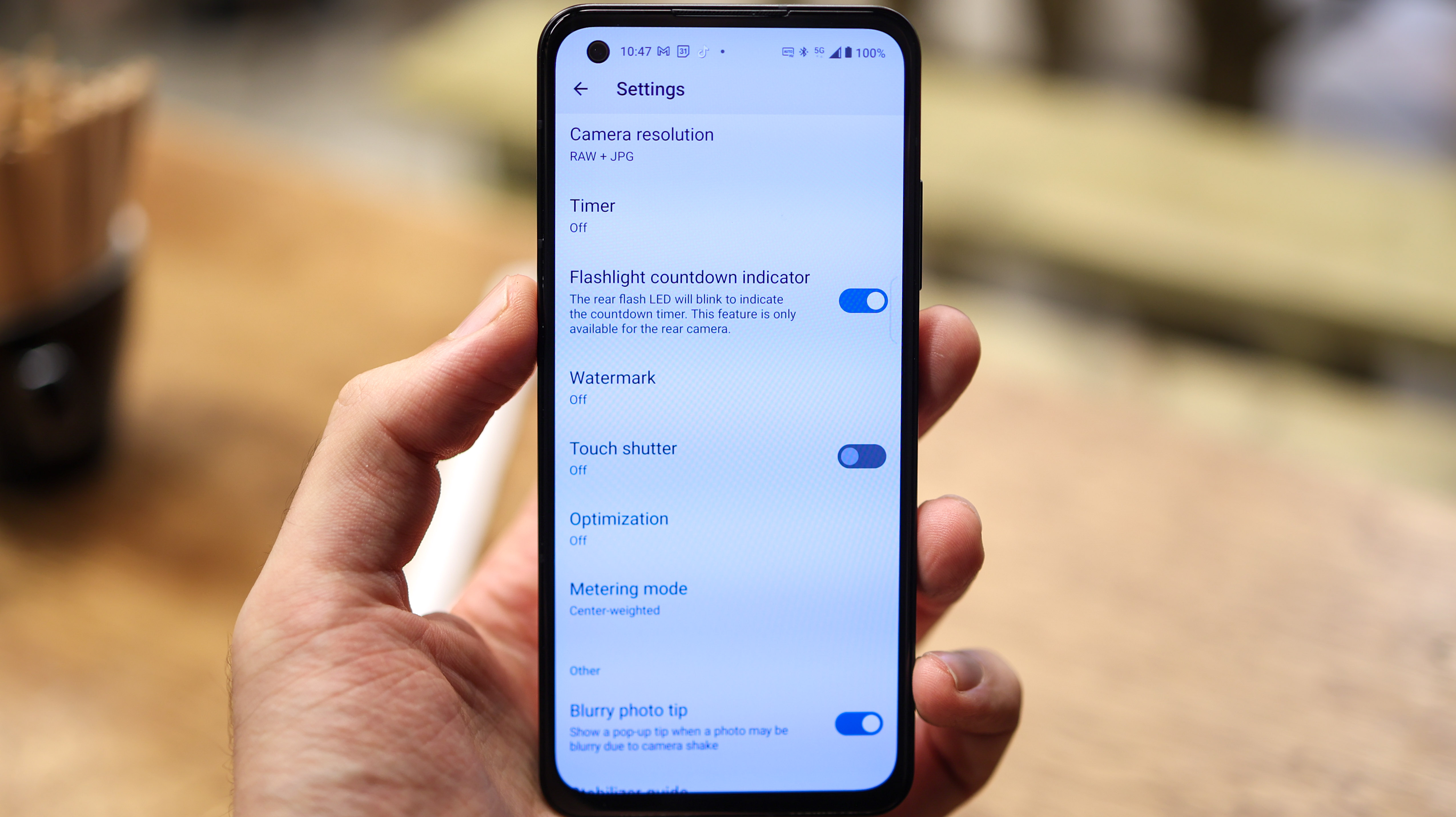
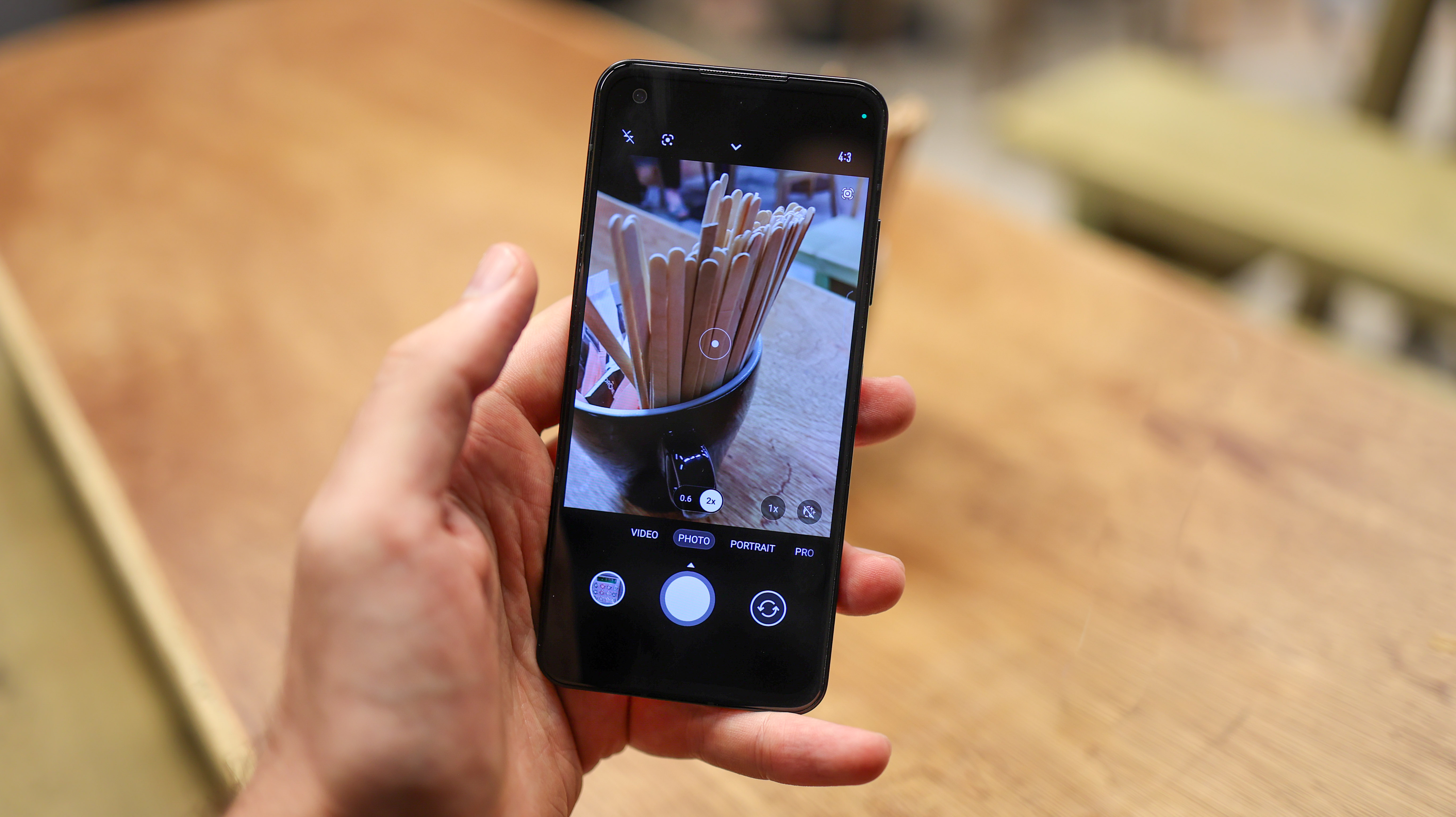
Asus Zenfone 10: camera review
Generally speaking, the Zenfone 10's main camera is a big improvement over the Zenfone 9 we tested at launch, mainly because its photo processing is more natural in most environments.
Day-to-day, using the camera is great; it's quick to focus, has a simple but effective interface and lowlight performance is generally strong, with auto night mode kicking in.
You can see a couple of examples below illustrating the field of views on offer across the primary and ultra-wide cameras. Asus has done a good job of delivering consistent styles across both cameras for the most part, and the detail from the new 13MP OmniVision sensor is better than expected – even though it misses out on autofocus.



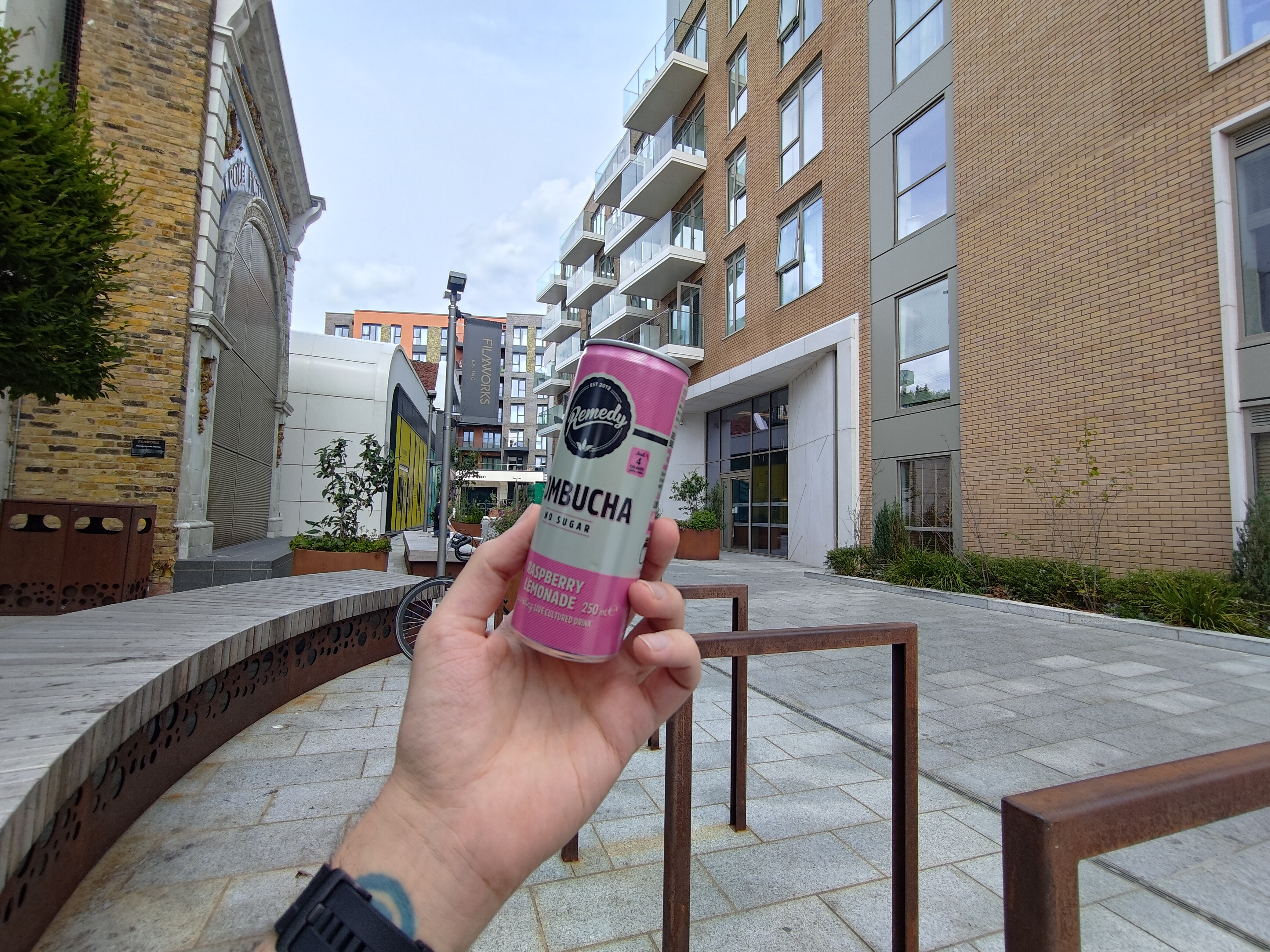
You can see an example of a RAW image captured on the Zenfone 10 below. It shows a before and after with shadows from a 100MP RAW photo boosted in Lightroom to excess to illustrate all the information captured. This demonstrates the sensor's strong dynamic range even before you apply HDR modes to the mix, which Asus isn't afraid to fire up automatically when scenes get backlit.
The only criticism we can levy against Asus's HDR processing is that it can create a halo around subjects shot in extreme lighting conditions.
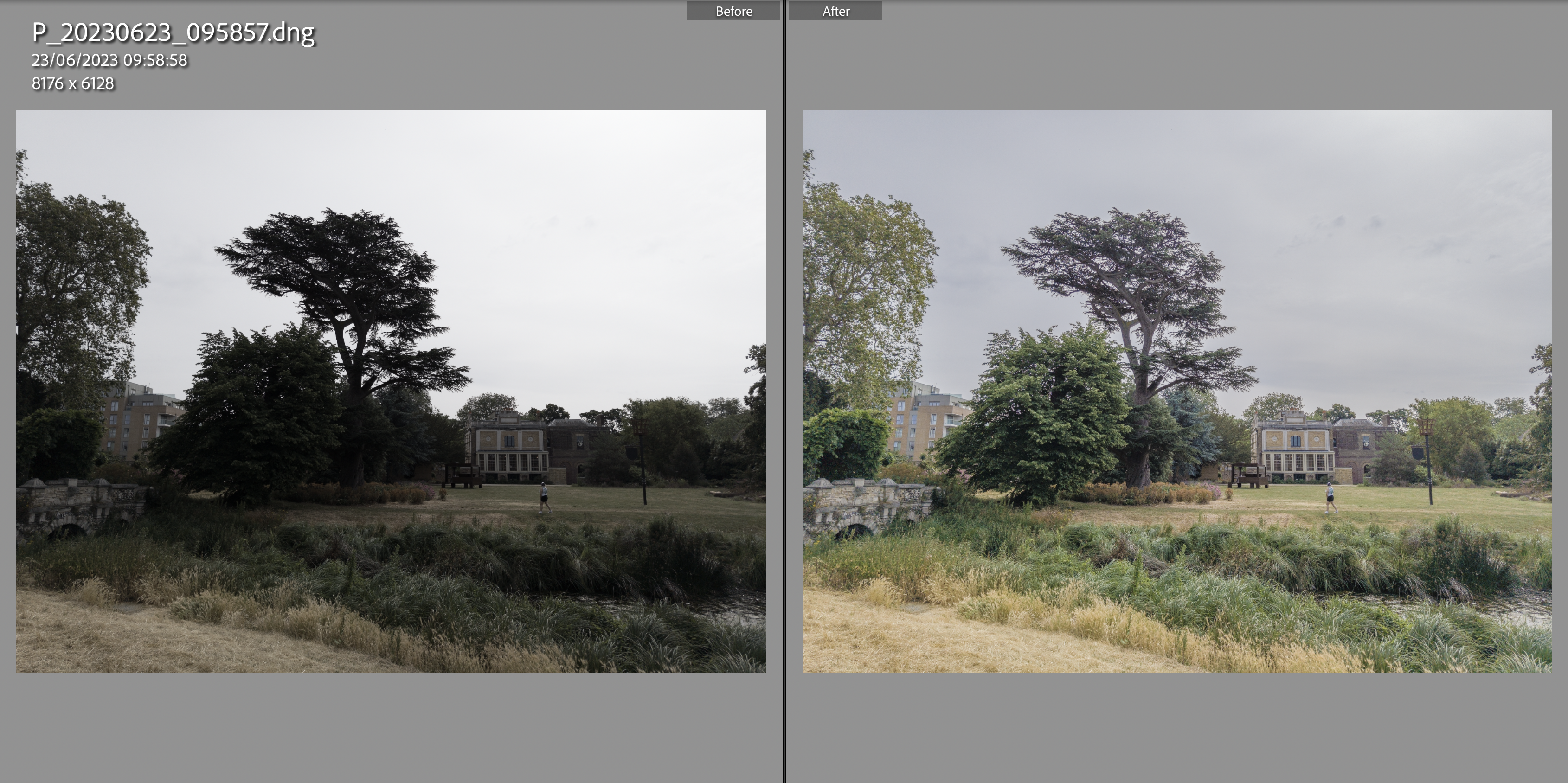

As you can see from the photos below, the Zenfone 10's main camera is a powerful tool that takes photos packed with detail, depth, and vibrancy across lighting conditions.
Colors look natural in the day, though accuracy can stumble at night. Nevertheless, at the Zenfone's price, especially when factoring in its video performance, the camera is competitive even if it isn't perfect.


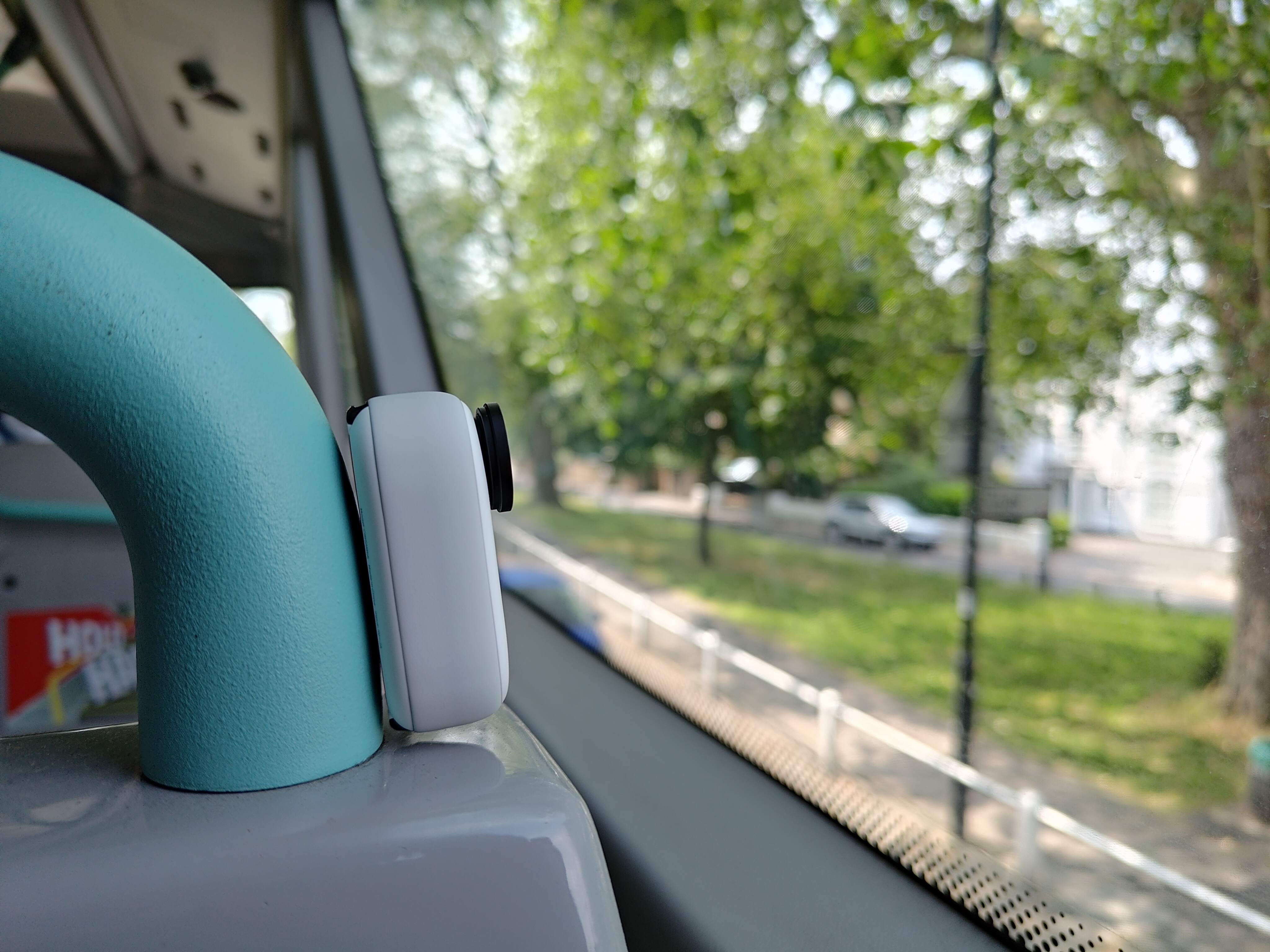

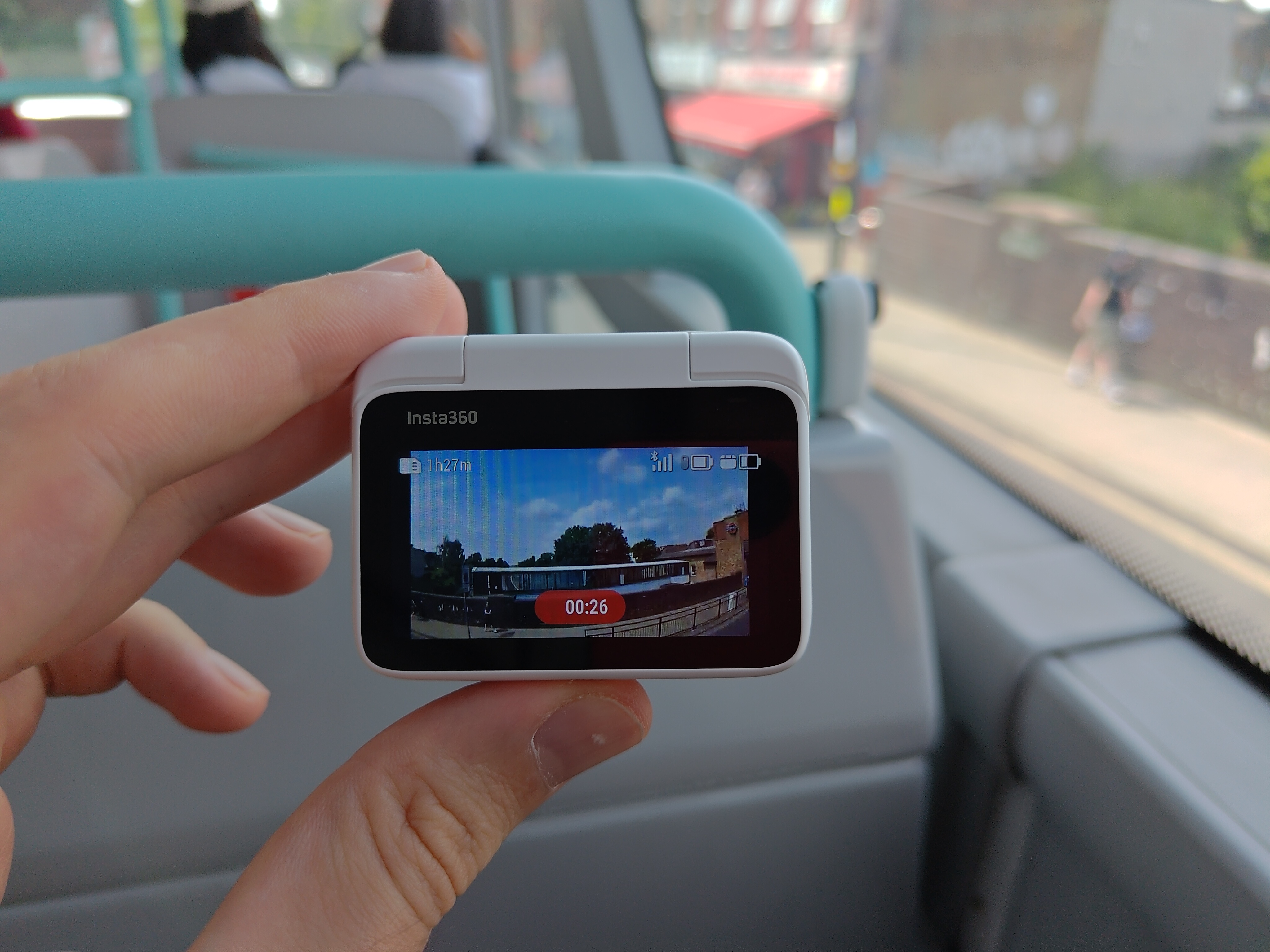

The Zenfone 10 also handles subjects well for the most part, capturing natural-looking skin tones in soft, brightly-lit environments. When subjects are backlit or mixed lighting kicks in, the phone can struggle – demonstrated in the second picture below – but will still capture a usable shot.


Where the Zenfone 10 shines is video, though, with the new adaptive stabilization doing a fantastic job of balancing crop with steady capture. Unlike many 8K phones, stabilization doesn't stumble when capturing at full resolution, with Asus's pocket rocket shooting some of the best 4K and 8K footage we've seen from a phone.
We also found the selfie camera to be competent, despite missing out on autofocus. It captures a good amount of detail and performs respectably across lighting conditions, even grabbing backlit detail, which many phones struggle with – though its HDR halo effect is very pronounced.
Asus Zenfone 10: additional specs
With a Snapdragon 8 Gen 2, the Asus Zenfone 10 isn't the biggest step up over the Zenfone 9, which had a mighty Snapdragon 8+ Gen 1. For anyone thinking of upgrading from a 9, therefore, the two phones are just too similar to warrant it.
The similarities with the Zenfone 9 don't take away from the fact the Zenfone 10 is an absolute powerhouse. We experienced no slowdown in our time with the phone; Asus's UI is clean and brilliantly customized to deliver a souped-up stock experience.
Running Android 13 with access to all the Google Services, app support is excellent, and Asus has loaded up a convenient one-handed mode, also leveling up the power button to support swipe input. You can slide your thumb up or down to navigate web pages, bring down notifications, and more, adding handy utility to the one-handed experience.
Fans of wired headphones will also love the Zenfone 10. Plugged-in audio sounds fantastic, with Asus's partnership with Dirac resulting in customizable EQ settings and sound profiles. The phone's dual speakers are also loud, rounded, and clear – impressively given the Zenfone's size, making it a superb option for audiophiles who don't want to carry around a DAC or endure pitchy tones.

With either 8 or 16GB RAM and 256GB or 512GB storage, Asus has doubled the capacity when compared to the Zenfone 9, which helps justify the price bump year-on-year. So while there's no SD card slot, you should still have plenty of space for your apps, files, and photos.
With its small 4300mAh battery, we didn't expect the excellent battery life we got from the Zenfone 10. It easily made it through a day in our time with it and nailed our battery benchmarks, outperforming most phones in the Android camp when it came to screen-on time.
The phone charges at 30W – relatively modest speeds, filling up by 30 percent in 20 minutes, 76 percent in an hour, and fully in about 90-100 minutes. On the plus, this year, Asus has added wireless charging, which is a welcome addition.
Verdict

While the Asus Zenfone 10 isn't one of the best camera phones of 2023 despite some real imaging highlights, it is the best compact option for anyone who wants flagship power and steady video.
Competition in the lower-cost flagship space is more fierce than ever. The Pixel 7a offers incredible value, stellar camera performance, and a relatively compact body. Meanwhile, the supremely elegant-looking OnePlus 11 5G offers a better camera system than that of the Zenfone 9 for a similar price, albeit with less storage.
Fans of small phones who want top-tier specs won't have many options, and the Zenfone 10 is a joy to use that we can recommend without a second thought for many, despite the fact its camera system is often good, sometimes great, but seldom best-in-class.
Read more: if you like the look of the Zenfone 10, but want an alternative with more consistent photo processing, read up on some of the best Google Pixel phones out now.







